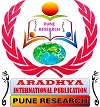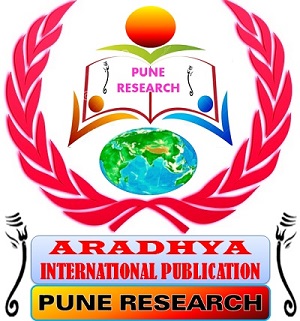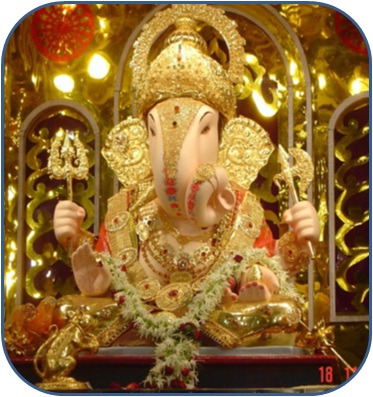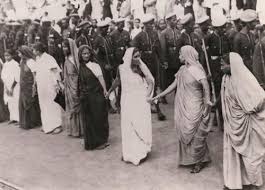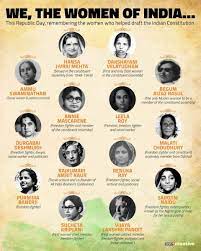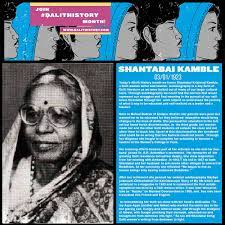A STUDY OF CRITICAL ANALYSIS OF WOMEN'S LAWS DURING COLONIAL INDIA
ABSTRACT
In the 19th century, with the establishment of the
British Empire, India was caught in the yoke of sovereignty. At the same time,
the ideological names of Europe like individual freedom, equality, fraternity,
rationalism, democracy, liberalism etc. started flowing to India through the
English language. During this time, the women's liberation movement was
emerging in Britain. As an English-speaking middle-class generation emerged in
India, they fuelled social and religious reform movements. This gave a new vision
to look at the society and the individual. Due to this, the terrible scene of
injustice in the name of religion, customs and traditions stood before them,
which disturbed their minds. After the establishment of British rule in India,
the attitude towards women's life changed. The British could not interfere in
the education of women and the customs and traditions imposed on them. Due to
the efforts of Pandita Ramabai, Ramabai Ranade, Mahatma Phule who raised the
issues of women, the society's view of women changed to a great extent. British
reforms had many positive effects on Indian women's lives. The present research
essay will discuss the laws related to women in the British era.
Key words: Freedom, Fraternity, Rationalism, Democracy, Liberalism,
Laws.
